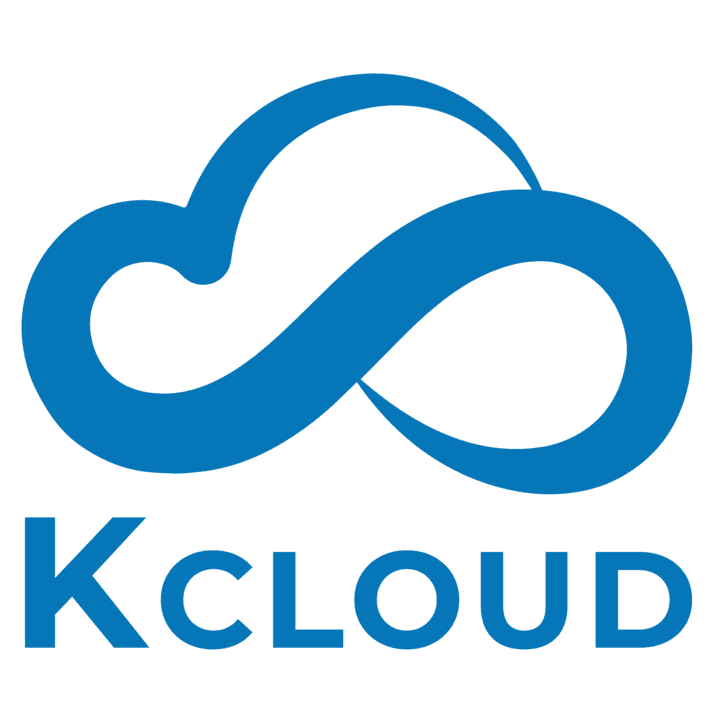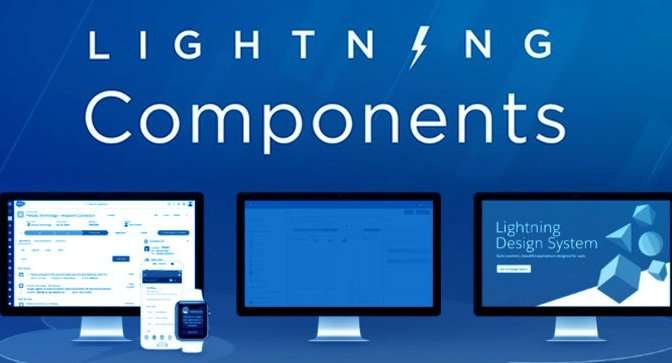Salesforce Lightning Framework is a modern framework that develops dynamic web applications for both mobiles and desktops. This technology helps develop single-page applications that are specially engineered for growth. Salesforce Lightning Framework is a component framework. Moving from a traditional framework to a component framework is beneficial for the developers and the quality of the application built. This type of framework componentizes the app providing it with a reusable functionality that helps the developers in being more productive and creative without having the workload and responsibility on a single mind.
Salesforce CRM Lightning is the inclusion of a few different and major technologies which are Lightning Components and the Lightning App Builder. A basic understanding of these two will help us in understanding the Lightning Developer Framework in a better way.
- Lightning Components offers you a client-server framework that is responsible for the acceleration of the development, as well as the app performance. It is also ideal for using it with the Salesforce mobile app and Salesforce Lightning Experience.
- The Lightning App Builder authorizes you to build apps visually, without any requirement of the code, quicker than ever before. It permits the usage of off-the-shelf and custom-built Lightning components. You can make your Lightning components available in the Lightning App Builder so administrators can build custom user interfaces without code.
Reasons to Consider Salesforce Lightning Framework
The lighting components framework is a specially built framework optimized for performance. The framework provides us with a component set that is outstanding and makes us different and better than others. All the reasons do justice to the development of applications. The reasons to consider Salesforce Lightning Components are:
- Out-of-the-box Components: Giving time to customization and integration is not required. The components themselves take care of all the compatibility and working up and integration required for app building.
- Rich Component System: It creates business-ready applications by using easy-to-use methods. Everything is accessible using the navigation menu. Components can also be published and shared with other users.
- Performance: It is dependent on JavaScript on the client side to manage User Interface component metadata and application data. The lightning framework uses JSON for carrying out the exchange of data between the server and the client. It employs your server, browser, devices, and network so that your focus can be on the logic and interactions of your apps.
- Faster Development: The out-of-the-box components work seamlessly with mobile devices and desktops. Developing app with components increase the parallel designing and overall efficiency of development.
- Cross-Browser Compatibility: The Lightning Component framework supports the latest browser technologies such as HTML5, CSS3, and touch events. The apps use responsive designs and give a better user experience.
- Architecture: The architecture of the Salesforce Lightning Component is absolutely event-driven. It incorporates better decoupling of the components. A component can easily subscribe to an application event, or to a component event that they can see.
Let us now understand the Salesforce Lightning components brick by brick.
It is considered a bunch of many components tied together where each individual level has its own functionality and utility.
These levels of the bunch are:
- Component: In this level, the HTML tags are used. If the application consists of any user interface, this is the face of it. It will be used for displaying the data.
- Controllers: It works with JavaScript and gives a response to the markup of the component we just discussed above.
- Helper: This also works with JavaScript. It is responsible for the interaction with the servers of Salesforce. It also starts and runs the required events in the background.
- Style: It is the standard CSS file. It exists only if the application contains a user interface.
- Documentation: As suggested by the name, it contains all the documentation details, sample coding, and how it can be assimilated.
- Renderer: It simply overrides the rendering lifecycle of the component.
- Design: It has information about the component.
- SVG (Scalable Vector Graphics): It is available if a custom icon for the component is required.
The Salesforce Lightning Framework contains two types of events in the framework. These are Component events and Application events.
- Component Events: These are controlled by the component on its own or a component that contains the particular component.
- Application Events: These events are fundamentally a traditional publish-subscribe model and are handled by the components that are listening to the event.
The Components of this Salesforce Lightning Framework are self-contained units of an application that are also reusable. They represent a section of the User Interface that is reusable. It can also range in granularity from a single line of text to the complete app. The framework also includes a set of pre-built components. These are the components that come along with the Lightning Design System styling and are available in the Lightning namespace. These components are also called the base Lightning components. These components can be assembled and configured in order to form a new component in an app. Components are also reduced to produce HTML DOM elements within the browser. A component of Salesforce CRM Lightning Framework is allowed to contain other components, as well as HTML, CSS, JavaScript, or any of the other suitable and compatible Web-enabled code. This facilitates the building of apps with sophisticated User Interfaces.
Kcloud technologies have been building Dynamic applications using the Salesforce Lightning Components for quite a long time now. It has successfully completed many projects and has many happy and satisfied clients. The company also provides training in the area of Salesforce development and administration. A Lightning Components developer at KCloud Technologies does justice to the app building with customization and reusability with an excellent user interface and user experience. We offer a salesforce lightning development service in the USA.
Email ID: contact@kcloudtechnologies.com
https://www.kcloudtechnologies.com/
For services, contact us at sales@kcloudtechnologies.com

